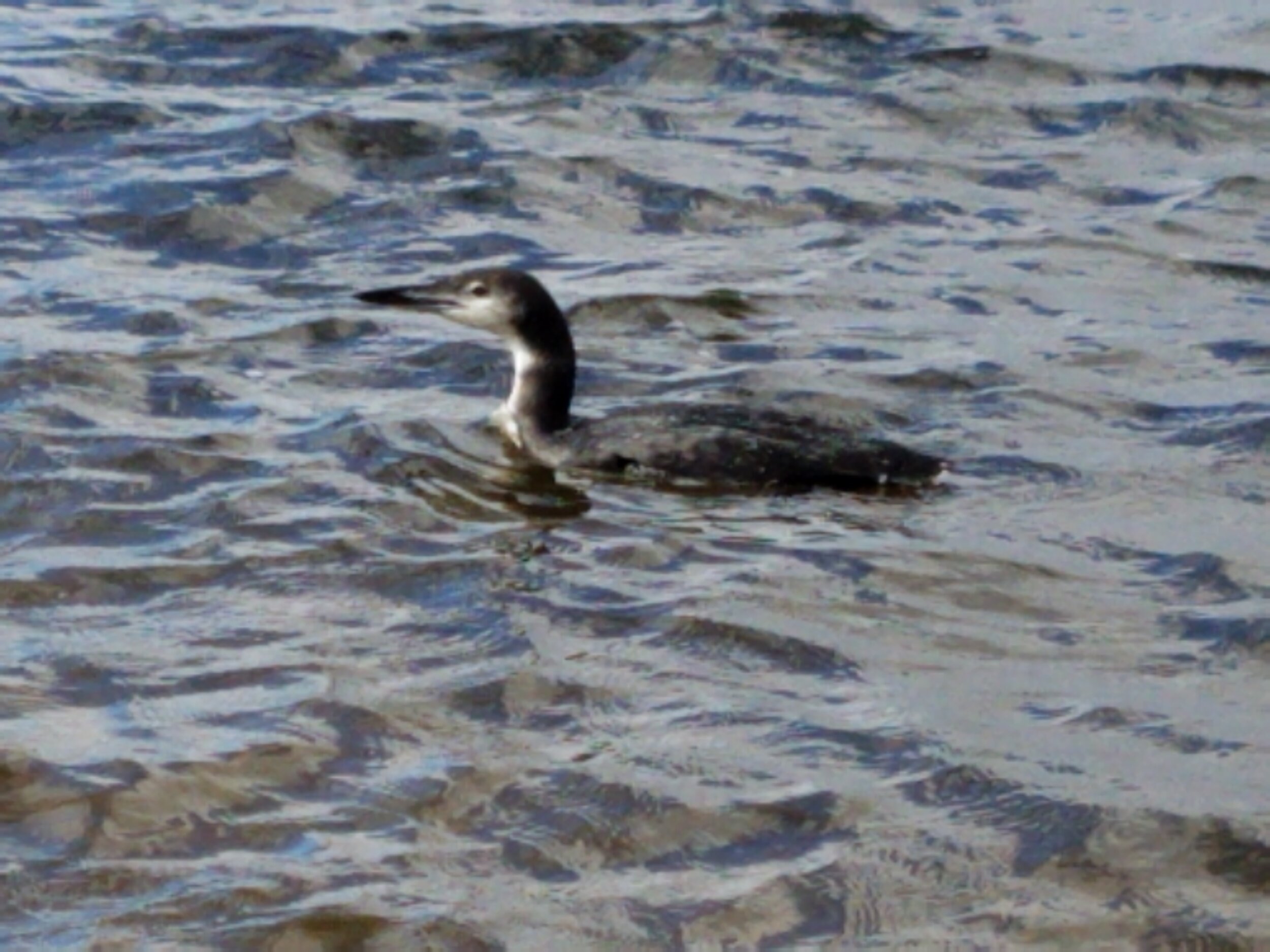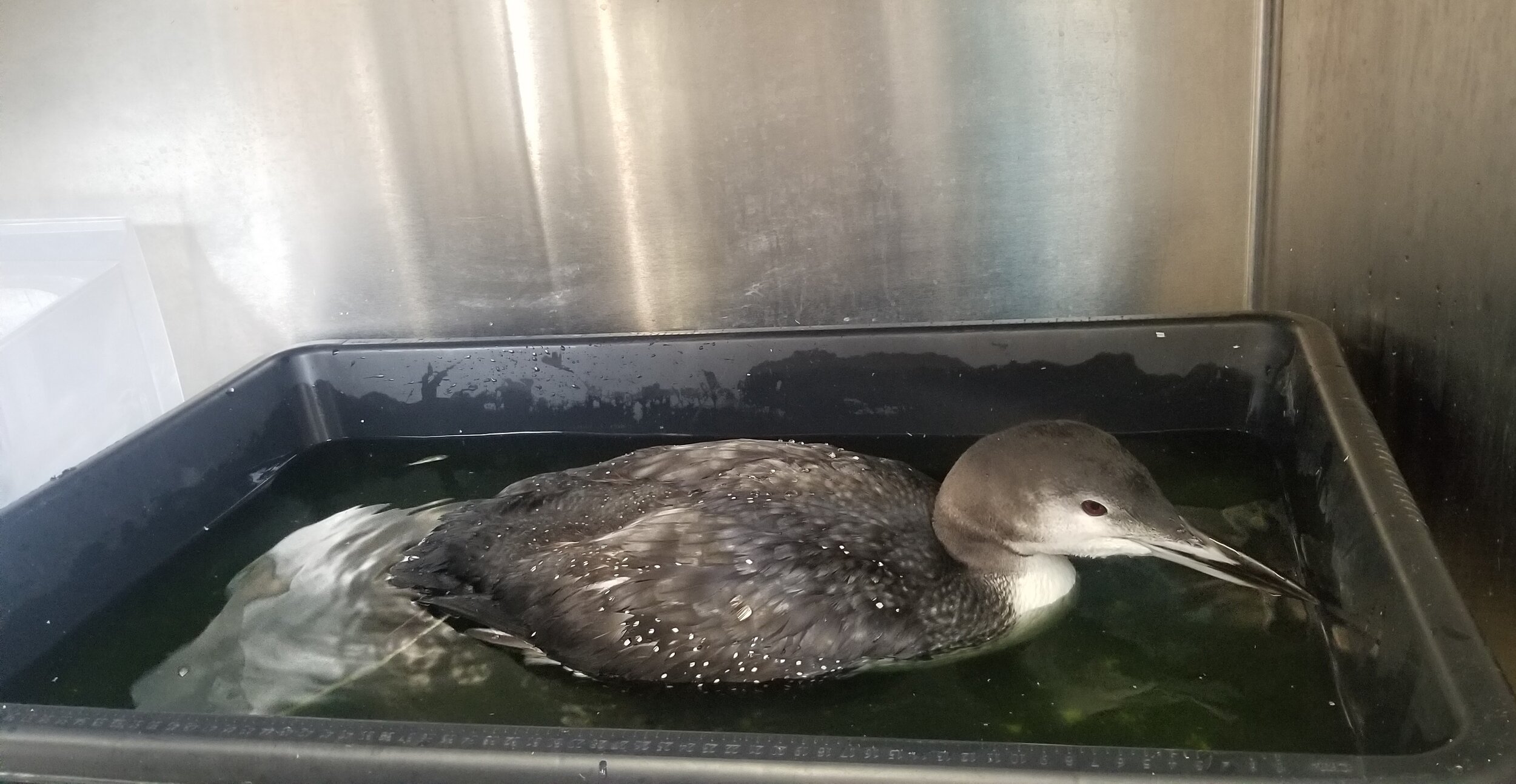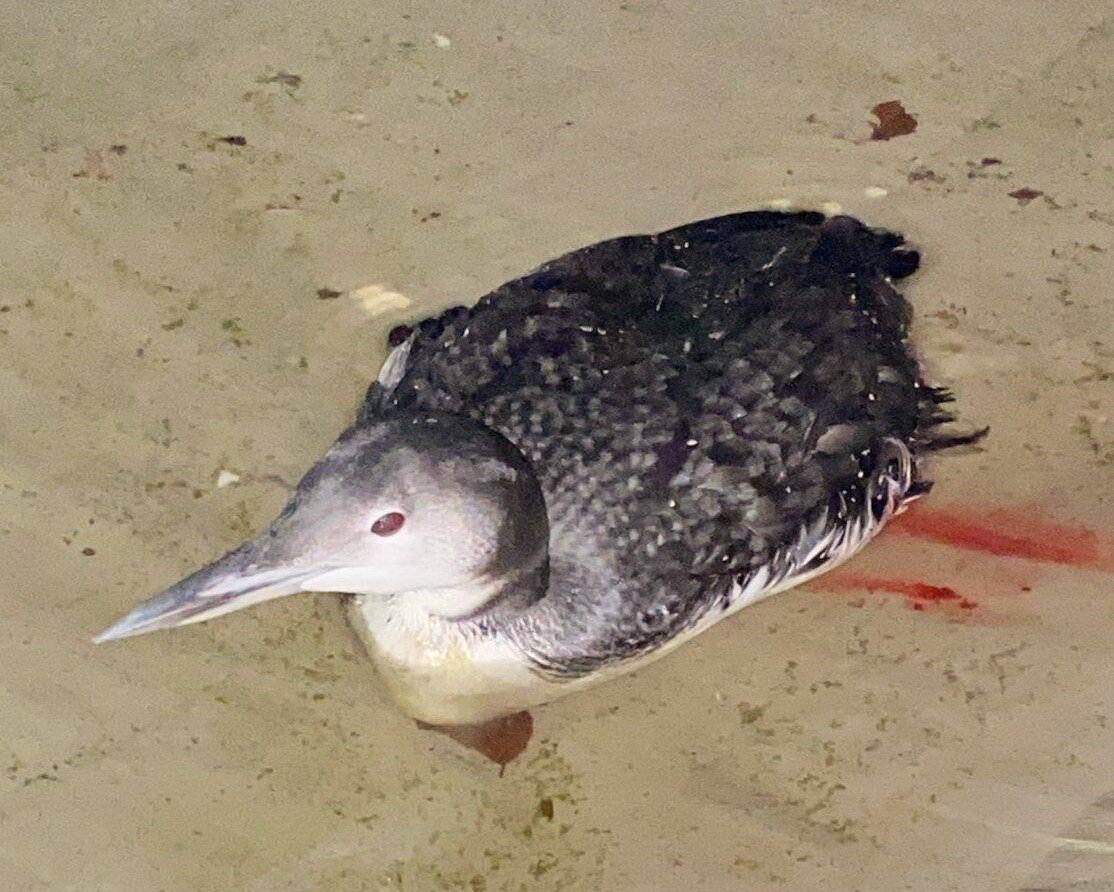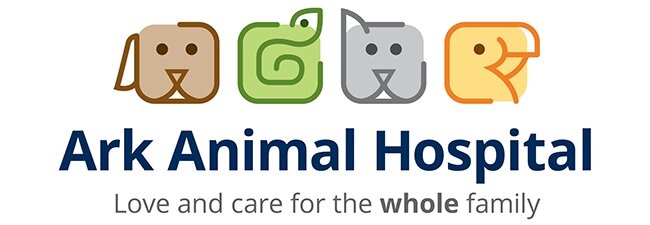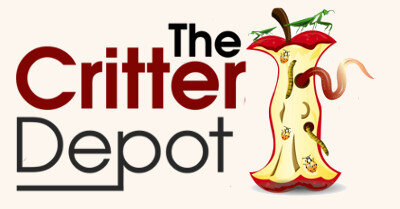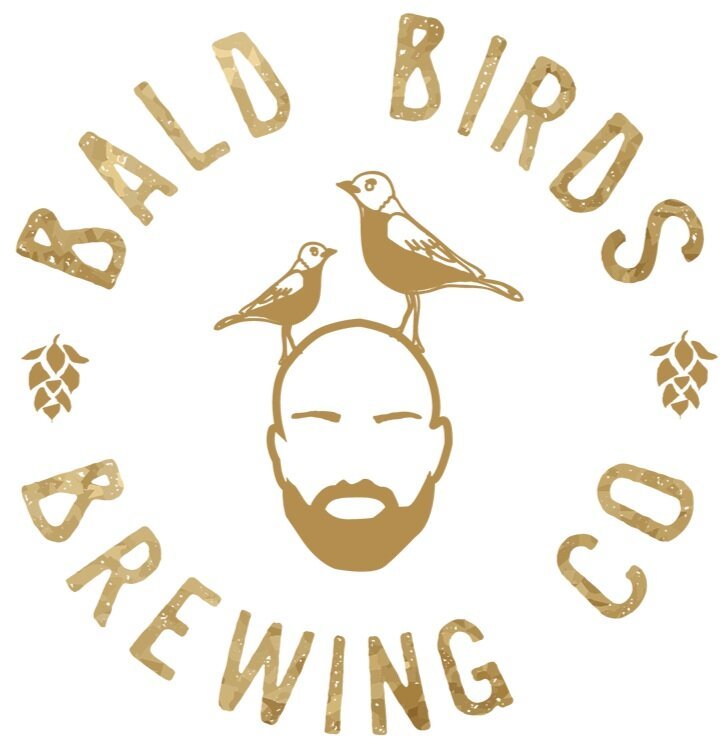Great thanks to the very skilled and kind people at Radnor Veterinary Hospital for helping with this patient. It must have eaten an animal that was killed with a shotgun and not retrieved, because X-ray shows a lot of lead shot stuck in the stomach, and subsequent lead poisoning, so chelation therapy is part of its rehabilitation.
Common Loon
This common loon in winter plumage was found grounded and bleeding. After a rescue effort and a healing stay at our hospital, he was released to a wonderful lake by volunteer Jake Margerum, where he can get his bearings first and then complete his migration. Common loons are highly aquatic and can fly, swim, and dive like champs, but they can't walk on land (they just awkwardly lurch forward, kind of like seals), and they need water to take off into the air. Details like this are critical to rehab, because each species is very different and has very different needs.
And the Answer is:
Yesterday's Answer: ruby-crowned kinglet.
Todays animal: Fat Sam, our resident released woodchuck, right before he went underground into hibernation. He'll go into suspended animation, his body temperature and heartbeat will drop, and he'll survive off his fat stores till next spring.
Today's Quiz
Who am I?
This poor animal smacked into a window and needs some medical care. Guess the species and we'll tell you the answer tomorrow.
Save our Deck
Whatever happened to my Transylvania Twist? This mash of little monsters were rescued from under a deck that was about to be demolished, which would have crushed them. They're late in the year for baby possums but they'll have safe haven until they're old enough to take care of themselves.
And the answer is:
The answer to yesterday's X-ray quiz
:
Gray phase Eastern screech owl.
Pop quiz, hotshot
Can you identify our patient by its x-ray? Hint: not ET
Stay tuned for the answer
Reserved Parking
Have you seen this hawk?
Dig this, Mrs. Red-Tail here is one of four species of hawk we have now, she was hit by a car two weeks ago and recently got moved from ICU to an outdoor cage, and hopefully will be released soon. She's half of a mated pair so her husband will want to know where she's been. Got a lotta 'splainin to do.
Cooper's Hawk
This is the hurt Cooper's hawk that was brought to us from Roxborough yesterday, just so that everyone there who was concerned knows that the animal wound up in good hands and is in our care now. It's unable to fly, but it's alert and stable now and we will give it full diagnostics and get to the root of the problem.
Lanternfly Paper Redux
Yet another spotted lanternfly paper victim--this time a red-tailed hawk, probably stuck because it was trying to get at another animal that was also already stuck, so the damage is compounded. This bird had the paper on it for a long time and was unable to fly and was slowly starving to death, so our first priority before removing the paper is to stabilize the animal and get its strength back.
Owl vs. Fly Paper
This screech owl was stuck on lanternfly paper and was in bad shape from all the toxic glue. He is doing better now after being cleaned off, but most are not so lucky. We don't advocate the glue paper due to the massive impact on wildlife. If you want to control the lanternflies better, go for the egg masses instead!
Owl on the Pitch
Remember to take soccer nets down when not in use! This unfortunate and disheveled great horned owl, what we call a GHO, got tangled up in a soccer net (this happens a few times a year here). The family who found him called us and we talked them thru how to bring the owl here safely, they were very brave and helpful. I hope they have a great adventure to talk about around the dinner table for years to come. Quick action at our facility with volunteer Karen Melton got the owl freed; the strings were looped tight around his neck and he would have died. He is recovering well now.
Goose on a Line
Wildlife don't dig it when people leave their fishing line and lead sinkers in the water. Unfortunately this handsome Canada goose had the circulation cut off with the string cutting deeply into his leg. Fortunately the leg is savable and he is recovering quickly.
Mixed Flock
Dig it, three oddball late-summer orphan baby birds, clockwise from left: gray catbird, American goldfinch, song sparrow. Each one was a loner that needed a buddy so we stuck them together. Baby songbirds require a volunteer staff to feed 12 hours a day, 7 days a week, a huge time and labor commitment, so you have to either do it right, or not at all, impossible to do while closed down.
Snapper Hit by Car
Another snapper hit by a car. We won't show you the damage beneath the bandage, but we think it will heal enough this year so it can be released before it needs to go into hibernation. This one may be old enough to remember Disco and the Hardy Boys/Nancy Drew Mysteries.
Injured Goose
This poor goose had swallowed clumps of fishing netting which obstructed the throat for so long that it was emaciated and weak from starvation. We managed to safely extract the netting without harming the goose, now the test will be if we can tease it back to health with gavage-tube feedings of calorie-rich emergency fluids, until it is strong enough to stand and eat on its own.
Chukar and Friends
So apparently chukar partridges get along well with coturnix quail. Who knew? These quail were found running around Rittenhouse Square. They are not native to North America and must have escaped from somewhere. If you find more, please call us. Meanwhile they enjoy the crossword puzzles and reading the comics, particularly Peanuts. They miss The Far Side and Calvin and Hobbes, as do we all.
Red Shoulder Hawk
A menacing stare-down as her space is penetrated during the lunchtime feeding.
Adolescent Crow
This crow was admitted last week. He’ll be hand fed until he learns to eat on his own. Soon enough, we will reintroduce him to his clan.



